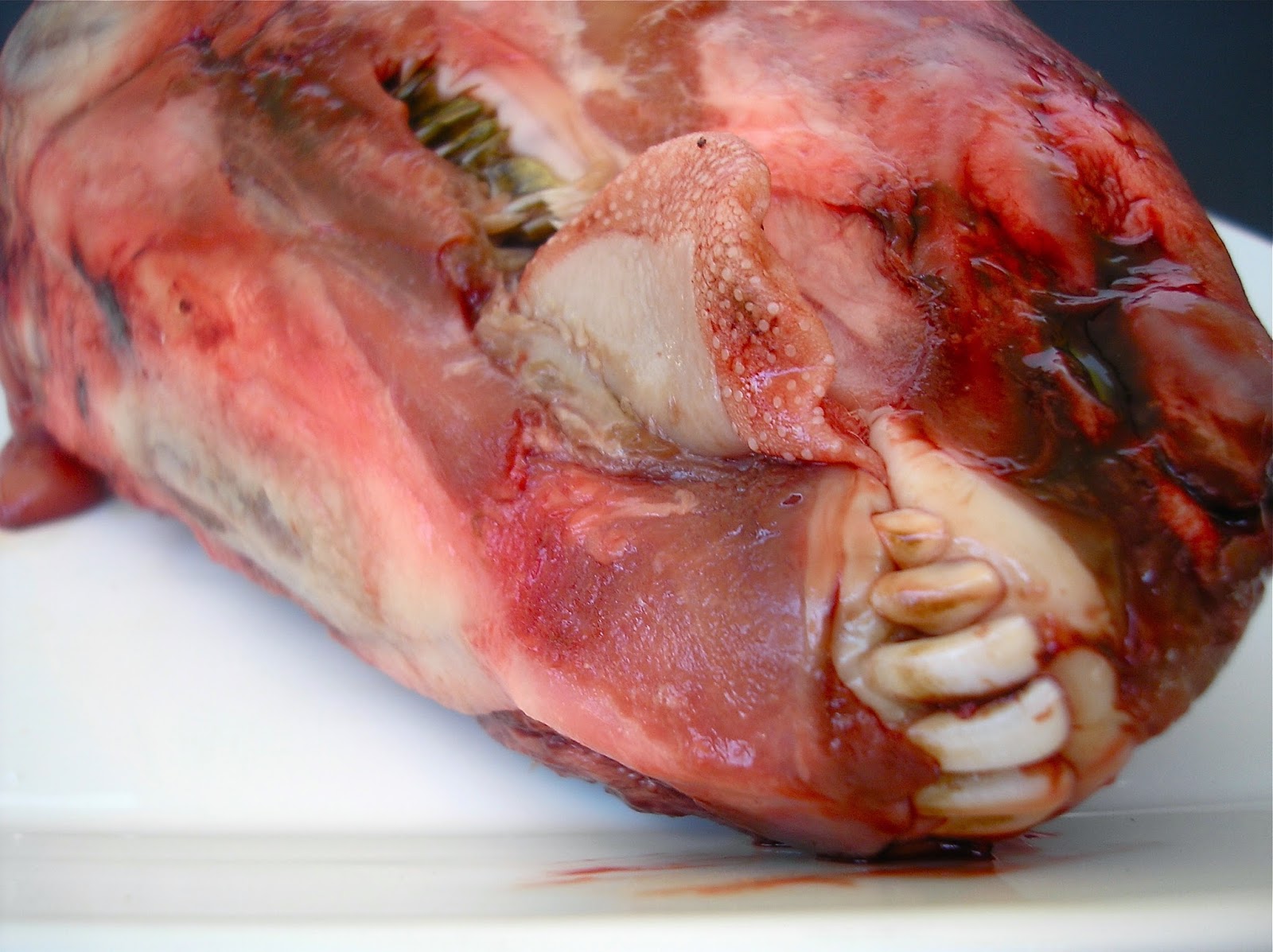 |
Baked yeast cake soaked in Rum spiked Peach leaf syrup, Creamy Peach curd, Crystallised peach buds & leaves, Creme fraiche, Fresh Golden peaches and Almond praline crumb.
|
This dish comes from an inspiring recipe from Linda a renown freelance chef from Connecticut in the states. Until I had read her works, I wasn't aware that peach leaf could be used in such a culinary manner and have such a powerful flavour. This recipe is seasonal at its best and requires careful timing in the harvesting of the leaves. The rum baba is a yeast cake baked and soaked in a rum syrup, it has the richness similar to brioche as it melts away in the mouth but the texture more refined like a genoise sponge. This recipe plays on its traditions and experiments with the flavour compound
Benzaldehyde, of which has a strong presence in peach leaves, also bitter almonds and the fruit, flowers
and bark of most stone fruit. Benzaldehyde is present in coffee, apple juice and bitter almond extract, which is pure benzaldehyde. Almond extract is the flavouring used to make marzipan, maraschino cherries, amaretto liqueur and amaretti biscuits. Benzaldehyde is present in high levels especially when
the leaves are young and the tree has just come out of dormancy, if the leaves are left to mature the flavour becomes weakened and more bitter on the palate. The rum babas have been made replacing the liquid with a beer brewed from peach leaves and this must be made a few days prior. The recipe also requires peach leaf tea, which is a popular tincture in the health circles and lays claims to curing many an ailment, especially good for clearing chests and airways. I kept with the peach theme for the rest of the plating and the fruit has been represented in all its stages of life.
To make the rum babas I first had to make a brew of peach leaf beer, this was made 3 days in advance allowing enough time for fermentation to happen.
PEACH LEAF BEER- For the beer, a recipe similar to making ginger beer was used. I brought 500 ml of water to the boil and poured the water over 35g of fresh young peach leaves, this was covered tightly
and set aside for 4 hours. I then placed 60g of sugar, 30g of lemon juice and 4g of granulated bakers yeast into a clean plastic 1.25l soda bottle. I then strained the peach leaf tea into the bottle and filled the rest of the bottle with fresh water, one inch from the top. I then capped the bottle, gave it a little shake and stored the bottle, wrapped in a towel at around 20C for 48 hours or until the bottle no longer yields when pressed. The beer was then placed into the fridge to stop the fermentation process and used
the next day to make the babas.
BABAS- To make the babas I placed 7.5g of yeast, 10g of sugar, 20g of flour and 44g of warm milk into a mixing bowl and stirred to incorporate evenly, this was then set aside for 15 minutes until the mixture is bubbly and the yeast has activated. To this I added 270g of flour, 6g of salt, 30g of sugar and
3 eggs, beating to incorporate and then I added 125g of the Peach leaf beer. This was mixed until smooth, covered loosely and set aside for an hour in a warm place. Using an electric mixer, I then added 170g of melted butter while beating on a low speed. I then added 30g of chopped peach leaves and poured the batter into a greased and lined tin. Traditionally babas are cooked as individual cakes and are cooked in speciality moulds or muffin tins. I wanted to present the cake in broken pieces so I baked the cake in a loaf tin at 190C for about 12 minutes before cooling and soaking the cake in a peach leaf infused rum syrup upon serving.
SOAKING SYRUP- I placed 30g of chopped fresh peach leaves into a bowl. I then brought 85g of water to the boil, pouring over the leaves. This was covered loosely and allowed to infuse. Once cooled
I strained the peach leaf tea and brought it back to the boil adding 2 thin slices of lemon and 115g of sugar, this was reduced to a simmer before removing from the heat and strained before adding 140g of dark rum. The syrup was then used while still hot to pour over the babas and allowed to soak in.
PEACH CURD- To make the curd, I halved, stoned and pureed a large peach. In a bowl I beat 2 egg yolks with 1 and 1/3 cups of sugar, a tsp of lemon juice and a tsp of peach leaf tea. I then added the puree to the mixture and set aside. In a double boiler I melted a 1/4 cup of unsalted butter before stirring in the peach mixture. I then stirred constantly for about 8-10 minutes until the mixture thickened. This was then poured into a jar and sealed, placed into the fridge to cool and set before serving.
CRYSTALLISED PEACH BUDS & LEAVES- This is simply dipping the buds and leaves in whipped egg whites, wiping the excess off before coating the buds and leaves in confectioners sugar and allowing for them to dry in a non humid environment.
ALMOND PRALINE CRUMB- To make the crumb I simply melted sugar in a pot until amber in colour before pouring over slithered almonds on a lined flat tray. This was allowed to set solid before being milled through my spice grinder to form a crumb.



















































